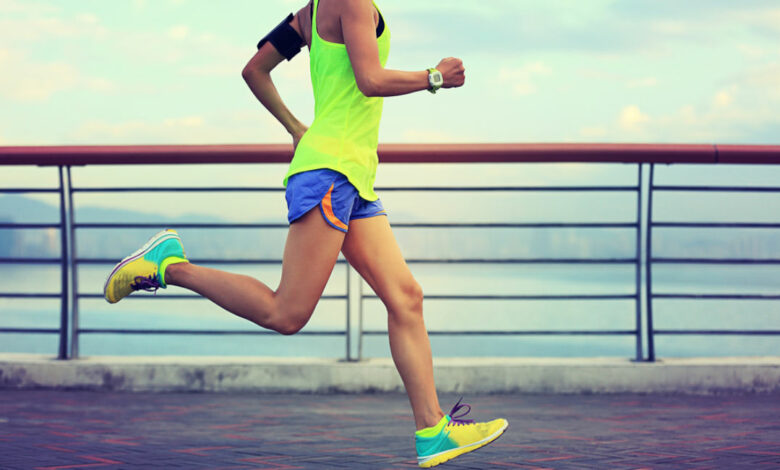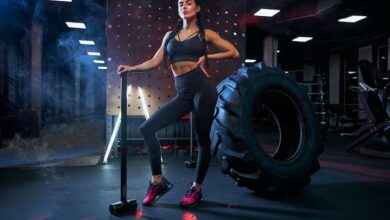Need Help Picking the Right Running Shoes?

Table of Content
The reasons why people run are varied: some run because they love it. Others, to keep the weight off, while yet others will run for health reasons or to maintain fitness. Regardless of your why, your how becomes important when the time comes to pick shoes that will carry you through your running journey, free of strain and injury, and that will help make your journey enjoyable. Not sure how to go about finding the right running shoes with the right fit? Keep reading!
Although there is a huge amount of shoes for sale across the Asics stores in AU, you do need to take care that the pair you end up buying is suitable for your needs. There are many factors that come into play on the journey to finding the right running shoes, and careful consideration should form a central part of your buying process. Although this list is by no means exhaustive, some important questions to ask, include:
What is your preferred landscape?
Other than deciding which way to go when embarking on your morning run, this question is crucial in determining the type of running shoes you buy. It will come as no surprise that road running varies greatly from trail running, and as such, the type of landscape you prefer to run in will play a significant role in helping you decide on your shoes. Road running, trail running, or even cross-training shoes are all out there – let your landscape make up your mind for you about which one.
What’s the difference?
Road-running shoes are specifically designed to be used on tarmac and pavements with very few expected irregularities along the way. If you like running on roads, sidewalks, and treadmills, these light and flexible shoes are perfect for your requirements. They are designed to accommodate repetitive impact on even surfaces, and have harder, flat soles to accommodate a predictable substrate.
Trail running shoes, as the name suggests, are designed to accommodate varying terrains with more obstacles, like mud, rocks, tree roots, and gravel.
Trail running shoes are often reinforced with an extra sole plate to protect your feet from injury from big thorns, rocks, and branches. The lugs are bigger and further apart and the soles are harder and more supportive, to help navigate rough terrain.
Cross-training shoes can accommodate a bit of both, and work well for gym training and cross-training, where a bit of grip is required, but a thick-soled shoe is not suitable.
How much cushioning do I need?
Staff in most Asics stores in Australia are trained to be able to advise you on your needs, but the more knowledge you have going in, the better-informed the choice you will make. The factors you need to bear in mind are how much cushioning you have on the sole, and how that impacts your experience of feeling the road underfoot. The cushioning will also affect your heel’s stability, both in drop and in the side-to-side motion.
The cushioning on the midsoles makes a difference. Although the preferred thickness of the cushioning under your midsoles is a personal preference, it will naturally also affect your comfort while running. The thicker the cushioning, the softer the ride of the shoes, while others prefer a more representative feeling of the surface beneath them, where thinner cushioning makes a difference. The only way to really know what you prefer is to try on several types of shoes and see which you find comfortable.
What are the different types of cushioning?
Maximum cushioning offers the thickest padding option across the midsoles. These running shoes are soft and comfortable to wear, both for running long distances and for everyday wear.
Moderate or medium cushioning is probably the most common type and offers a midway between very plush and soft, and more modest cushioning. Due to its multifunctional nature, shoes of this kind are often favored by informal runners, as it is not a specialized design.
Shoes with minimal cushioning are the shoes of choice for runners who prefer closer to the natural feel, where the lack of cushioning makes it easier to feel the ground beneath the runner’s feet. It is also said to encourage a natural gait while running.
See Also: How Walking Exercise Impact On Your Health




